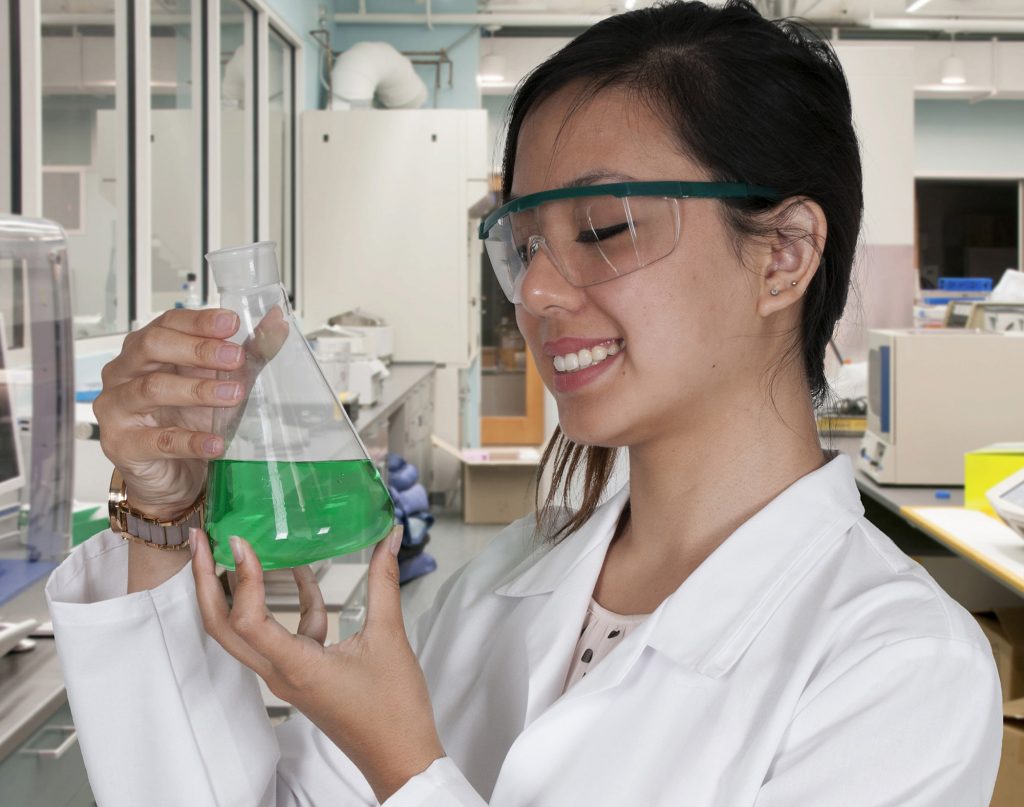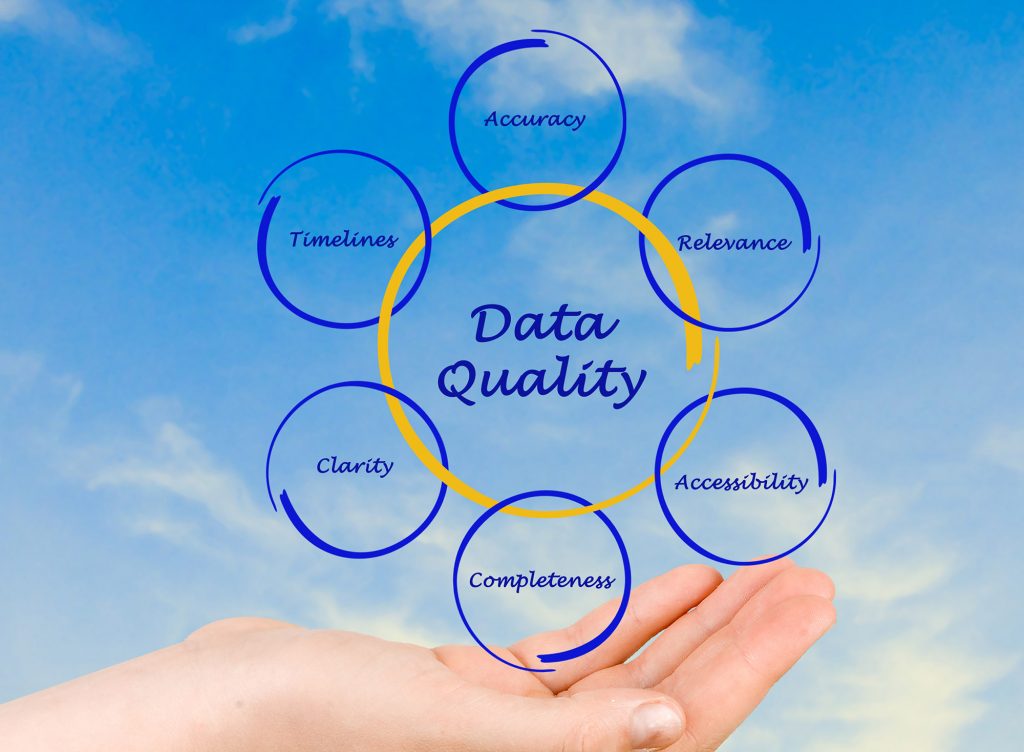
Climate Change Long-Term Temperature & Precipitation


Climate Change Objectives:
- Describe current climate changes, including trends in surface temperature, ice, sea level, and ocean acidity.
- List potential impacts of climate change predicted by climate models as well as proposed solutions.
- List the characteristics of quality science information sources.
Climate Change is in something we will hear about more and more frequently into the future. This video explains why.

Carbon dioxide enters the atmosphere from natural sources, but anthropogenic (human) activity has increased the amount significantly.
Different regions experience climate change in varying ways. Coastal areas are concerned about sea level rise. Grassland and forested regions watch wildfire activity. Sub-tropical regions track moving mosquito species. One of the challenges in addressing climate change is the variability of the impacts: some people are experiencing far more impact than others.


Another issue is the rate of observed changes. Some are rapid; other slower. For example, sea level rise is experienced more in some coastal communities than others. Some fisheries are more impacted than others. This is a challenging global issue that will be addressed by individuals representing many interests and fields of study.
If you are interested in seeing raw climate data that researchers are working with, or the research papers they are producing, NOAA.gov is an excellent resource.
With increased interest in closely monitoring the weather events that make up climate, a variety of monitoring equipment is stationed around the world, including in orbit. Some of the low-tech gauges are still the most cost-effective and widely distributed.
Quality Sources of Science Information

As you continue learning and using science knowledge into the future, there will be times that you want to find information on a particular topic. This could include researching the care of an organism, making a dietary choice, or considering medical treatment options. In each case you want updated and accurate information.

It seems like a primary source, hearing directly from a researcher, would be an advantage over a secondary source that is filtering and condensing the information. However, if you have ever asked a researcher directly about their area of study, you know they can be passionate and focused, not necessarily on your application of the research. Secondary sources can have several advantages.
Few people go to primary sources of research for science information, for good reasons.
-
Many published studies are written in a format intended for fellow researchers using field-specific jargon and data visualizations.
-
Most research studies are early in the knowledge gathering process, results are preliminary and require confirmation by further research.
-
It can be difficult to contextualize the significance of a particular research study without being widely read in the area.
-
Many peer-reviewed research journals are only available through expensive subscriptions maintained by institutions.


Additionally, some secondary sources employ skilled science writers, illustrators, and editors who can contextualize individual research papers, indicating which science news is worth responding to, and which is still in early stages of knowledge formation.
Characteristics of quality science information source:
A source is worth visiting repeatedly if it has these features.

This is the perfect time to start this week’s Data Summary media piece.
The next section introduces threats to endangered species.

Check your knowledge. Can you:
- Describe current climate changes, including trends in surface temperature, ice, sea level, and ocean acidity?
- List potential impacts of climate change predicted by climate models as well as proposed solutions?
- List the characteristics of quality science information sources?



